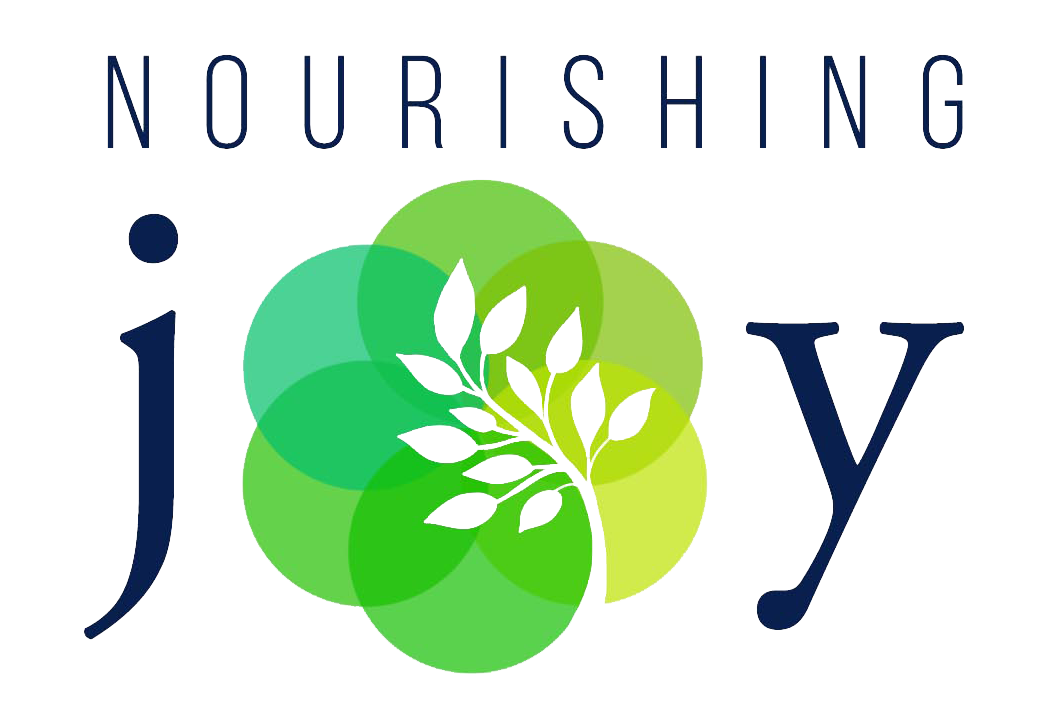Summer Food Preserving Goals
This post may contain affiliate links, including those from Amazon.com, which means we earn a small commission off your purchases. And here's the thing: We only mention services and products that we think are truly worth your attention, whether they're free, paid, or otherwise. This site relies on YOUR trust, so if we don't stand behind a product 110%, it's not mentioned. Period.
This photo of last year's zucchini blossoms was clicked by our then-four-year-old daughter who has a love of photography. She's certainly got an eye for composition… can you tell I'm a proud mama?
[dropcap]I[/dropcap]t's the time of year when seed catalogs start showing up in the mail, the trees are just starting to bud, and the first spring flowers are just hinting at making an appearance. Yup – it's time to plan the garden! Wahoo!
I love dreaming about what we could be eating a few months from now. Seasonal eating most certainly includes preserving the harvest when it is in season. My husband is our “garden guy,” so he tends to plan what goes in the garden and I get the pleasure of cooking and preserving what comes out.
However, when the time actually comes to harvest, I often find the weeks and months slip by and I don't preserve nearly enough of the harvest to last us through the winter. With three young children and a busy schedule, it's understandable, but in my book, that's no excuse – like most things, the only way to make sure it gets done is to plan ahead.
I'm also planning for some items that don't grow in our garden. We certainly grow a lot, but there's no way to be truly self-sufficient in that regard. (And honestly, we're not master gardeners… we're definitely still learning how to get good yields year after year.) Blueberries, cranberries, peaches, herring, and salmon, for example, are all local where I live, but we don't grow them or fish them ourselves, so I'll happily support those who do make their livings from those crops and save money by buying straight from the farm, orchard, and dock.
Now of course, this is a planning list – maybe even a dare to dream list. In either circumstance, I find it helpful to actually have on paper the tasks I'd like to do so I can set aside the appropriate amount of time for those tasks come harvest-time. I hope it will be inspirational to you too!
And of course, I've made my list according to what we know grows well in our area and in the months that work here. To find seasonal produce in your own area, visit the National Resource Defense Council's Eat Local Guide (US only), see Epicurious.com's Seasonal Food Map (US only), or use the Eat Well Guide (both the US and Canada). (If you're outside of North America, please post a comment letting other readers know where you find seasonal produce in your area!)
Happy planning!
January
Dream about this year's garden and drool over seed catalogs
Review last year's gardening notes and decide if you're going to do anything different this year. If so, now is the time to acquire any tools, soil amendments, books, or anything else to help you in that change.
Restock gardening supplies that are aged or broken – greenhouse polyvinyl and clips, transplant supplies, labels, stakes, etc.
Do inventory of saved seeds to see if any need to be purchased.
February
Plan garden – decide what to plant, examine plant relationships (Our garden is designed as a food forest rather than in the traditional rows, so we want to make sure synergistic relationships are maintained between the plants. If one plant fixes nitrogen in the soil, for example, we want to make sure nitrogen-hungry plants are nearby.)
Purchase seeds.
March
Pickle local herring
Start transplants – this year, instead of using the usual plastic trays or coir pots, we're using soil blockers to start our transplants. We're very excited about them, but we haven't used them before, so we hope they're all they promise to be!
Prepare soil
April
Plant transplants between April and June – weather-dependent
Direct seed between April and July – weather-dependent
May
Re-seed lettuces every 2-3 weeks
Rhubarb – approx. 10 pounds
Make rhubarb sauce to freeze
Dice and freeze
June
Re-seed lettuces every 2-3 weeks
Make sure I've got all equipment necessary for all types of preserving: canning, fermenting, freezing, salt-curing, oil-curing, and drying.
Spot Prawns – approx. 2-3 pounds
Freeze whole
July
Blueberries – approx. 50 pounds
Freeze whole
Strawberries – approx. 10-20 pounds
freeze in quarters
August
Blackberries – approx. 40-50 pounds
Freeze whole
Make jam
Make blackberry coulis
Peaches – approx. 25-50 pounds
Make peach butter
Freeze in quarters
Corn – approx. 25 pounds
Freeze whole kernels
Ferment in salsa
Cucumbers – approx. 10 pounds
Make dill pickles
Tomatoes – approx. 200-300 pounds
Make tomato sauce to freeze
Make salsa to ferment
Dice and freeze
Make tomato soup base to freeze
Make pasta sauce to freeze
Make pizza sauce to freeze
Make ketchup
Dehydrate and pack in oil
Store fresh packed in wood ash (this will be an experiment this year – we've read about it but have never tried it…)
September
Apples – approx. 100-150 pounds
Make applesauce to freeze
Make apple butter
Dehydrate for snacks
Broccoli – approx. 10 pounds
Cut into florets and freeze
Beans – approx. 25 pounds
Freeze whole
Sweet peppers – approx. 5-10 pounds
peppers don't do well in our climate, so we usually only plant a few and end up disappointed…
Use in salsa
Dice and freeze
Nasturtiums – approx. 1-2 pounds of seeds
Pickle capers
Save seeds
Eat flowers fresh
Zucchini – approx. 5-10 pounds
Pickle as zucchini relish
October
Pumpkins – approx. 50 pounds
Make puree to freeze
Roast and cube to freeze
Roast seeds for snacks
Beets – approx. 25-50 pounds
Make pickled beets
Cube and freeze
Carrots – approx. 25-50 pounds
Shred for vegetable ferments
Dice and freeze
Store fresh in sand
Cranberries – approx. 10-20 pounds
Freeze whole
Salmon – approx. 3-5 salmon
Filet and freeze
Salt-cure gravlax
Storage onions and garlic – approx. 50 pounds
Store fresh in a cool, dark, dry place – perhaps this should be the year that I learn to braid onions and garlic so we can hang them!
Plant garlic, onions, and shallots to overwinter
November
Chard and other hardy leafy greens – approx. 10-20 pounds
Chop and freeze – good for soups, not for sauté
Squash – approx. 25 pounds
Store fresh in a cool, dark, dry place
Cabbage – approx. 30-50 pounds
Store fresh for 1-2 months
Make several gallons of vegetable ferments (sauerkraut, curtido, gingered vegetables, etc)
Potatoes – approx. 50-100 pounds
Do not wash and store in sand
Winterize potted herbs
December
Organize all saved seeds in storage catalog. For seeds saved from this year's harvest, note which plants did well, and make notes which purchased seeds are nearing expiry and will need to be purchased next year.





That’s going to be a lot of storage space! No wonder older houses have good basements 🙂
This past summer I canned peaches, pears, pickles & fig jam (this is the first year that I did anything with the fig tree out front of our house…I didn’t know what to do with them before that). I’m hoping that my rhubarb plant survived the winter so I can freeze a bunch of it this summer.
Currently I have vegetable starts growing on my kitchen table trying to survive without being eaten by the cat. My goal this year is to actually keep the garden up and eat what I grow. Years past the veggies have either died before I picked them or I waited too long and they just went to seed. My strawberries are the only plant that I can’t seem to kill, there were berries on it up until December or so this year. (mmm…now I’m thinking about homemade strawberry-rhubarb pie)